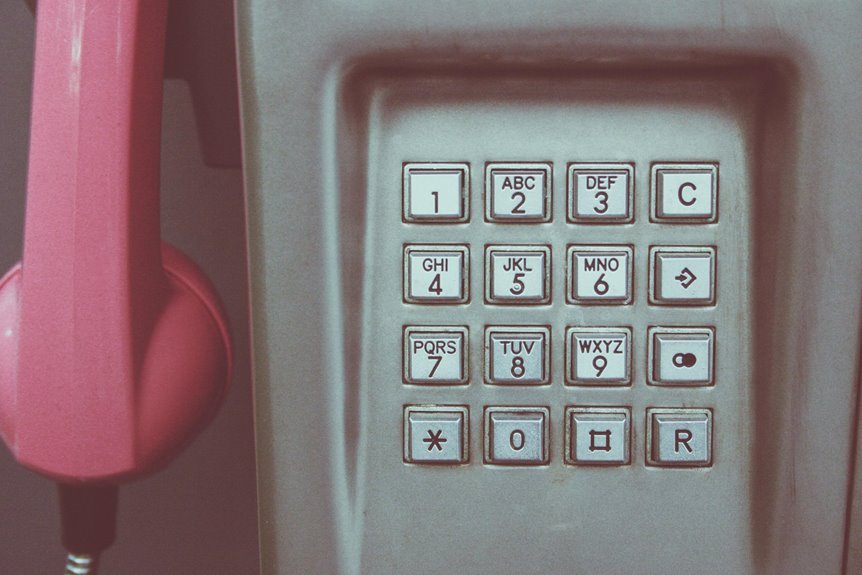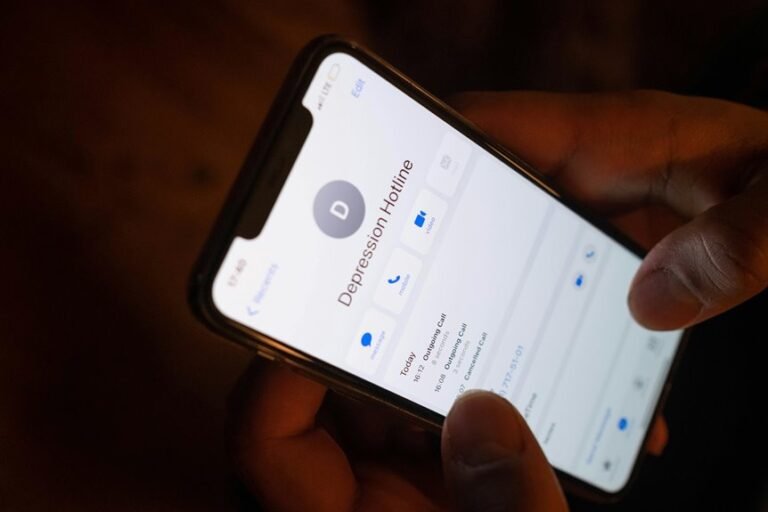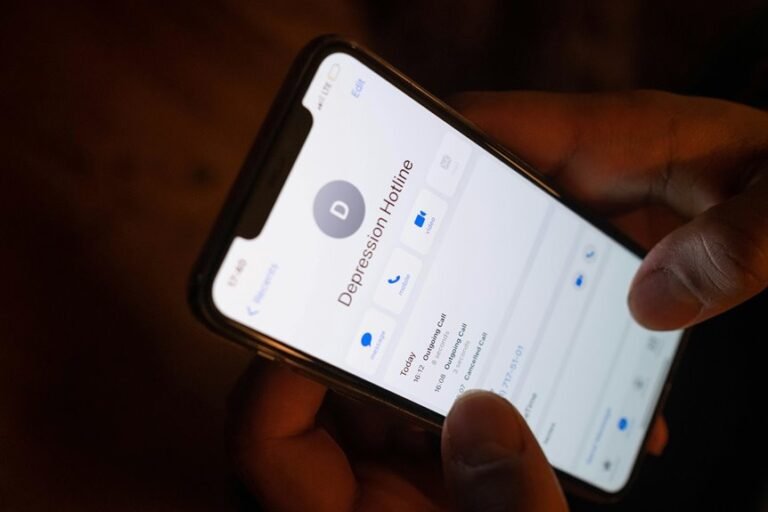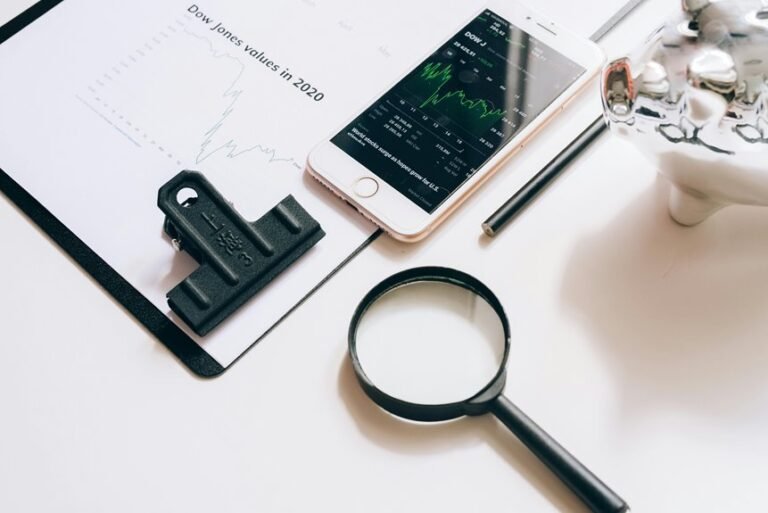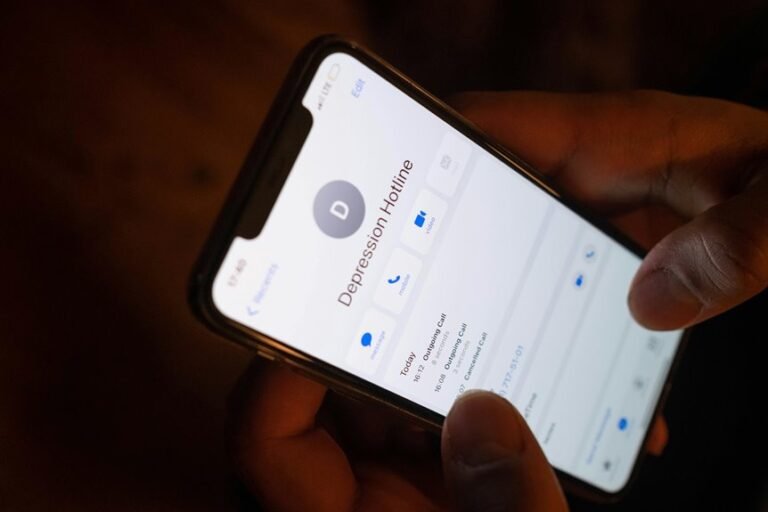Who Called Me From 5594572555, 5594615171, 5596507112, 5596507118, 5598313270, and 5614028224?
Numerous individuals have reported receiving calls from the numbers 5594572555, 5594615171, 5596507112, 5596507118, 5598313270, and 5614028224. These calls may stem from telemarketing efforts or potential scams, raising concerns about their origins. Investigating these numbers through caller identification tools and online resources is essential. Understanding their legitimacy can provide clarity on the nature of these communications, prompting necessary actions to safeguard personal security. What steps can be taken next?
Understanding the Origin of Unfamiliar Calls
How can one ascertain the source of an unfamiliar call in an age dominated by telecommunication technology?
Caller identification systems provide the initial layer of insight, displaying the number associated with incoming calls.
For deeper analysis, call tracing techniques can reveal the geographical origin and service provider.
These tools empower individuals by enhancing their ability to discern legitimate contacts from potential threats in their communication landscape.
Common Reasons Behind Mysterious Phone Calls
What drives the influx of mysterious phone calls that many individuals experience? Factors include telemarketing campaigns generating unwanted solicitations, automated dialing systems exploiting caller identification for deceptive purposes, and potential scams targeting vulnerable populations.
Additionally, data breaches may expose personal information, leading to unsolicited contact. Understanding these underlying reasons can empower individuals to recognize and manage such intrusive communications effectively.
Tips to Protect Yourself From Scams and Unwanted Calls
In an era marked by an increasing prevalence of scams and unwanted calls, individuals must adopt proactive strategies to safeguard their personal information and minimize disruptions.
Effective measures include utilizing built-in smartphone features to block unknown callers and maintaining current awareness of emerging scam tactics.
Additionally, promptly reporting suspicious numbers to relevant authorities contributes to collective efforts in combating such threats and enhancing personal security.
Conclusion
In conclusion, the increasing prevalence of unsolicited calls highlights a pressing issue in telecommunications, with an estimated 48% of all calls made to mobile phones in the U.S. being spam or scam-related. This statistic underscores the necessity for vigilance in identifying unfamiliar numbers like 5594572555, 5594615171, and others. By employing caller identification tools and reporting suspicious activity, individuals can safeguard their personal security and contribute to the broader effort of combating telemarketing and fraudulent communications.
